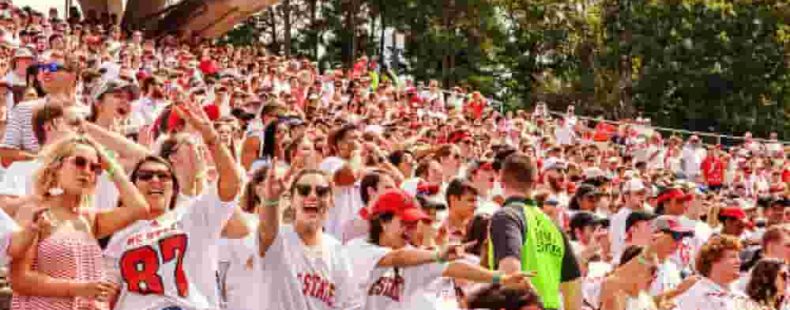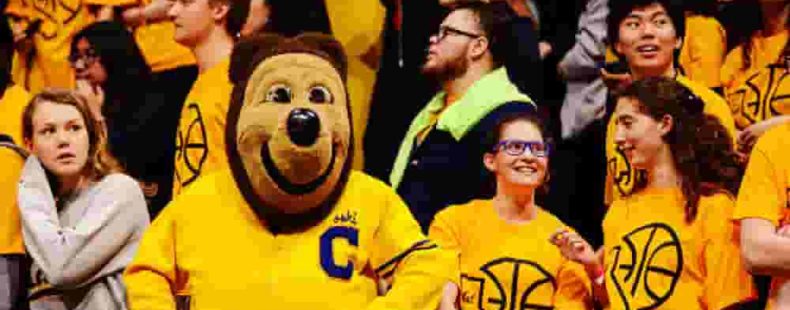The college football season kicks off at the end of August, early September each year, when fans fill parking lots with tailgating and seats in stadiums.
But, no game is complete without mascots. A mascot, by definition, is a representative symbol adopted by a group and supposed to bring good luck. One of the earliest football mascots may have been Handsome Dan, a Yale bulldog in the 1890s. The bulldog remains Yale’s mascot today.
Mascots dance, sing, and race around the field to get a rise out of the crowd. They are an integral part of game day and campus life. They often take the form of anthropomorphic (resembling a human) animals, with students dressing in costumes of them for game day.
Here are a list of college football mascots and where they got their names. See if your favorite team made the list!





















